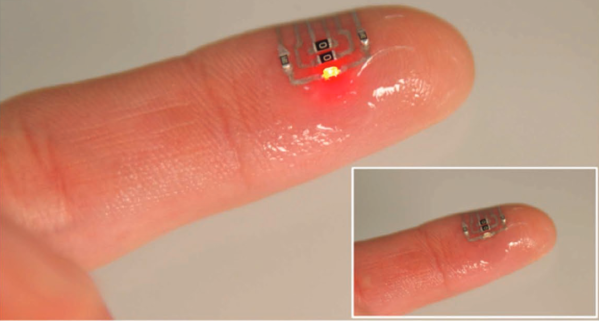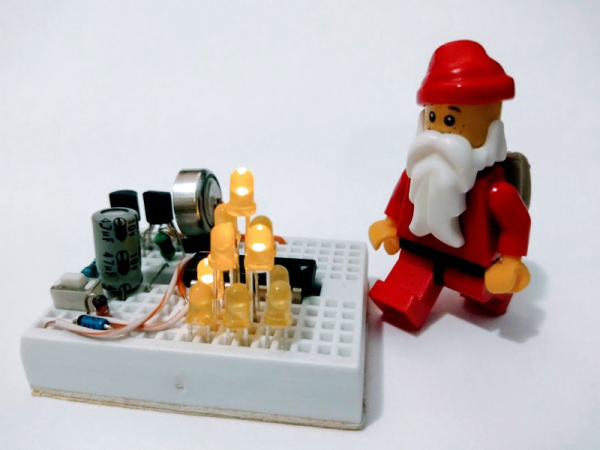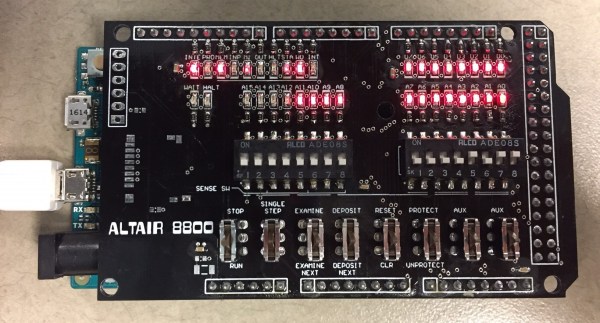Flexible circuit boards bend as you might expect from a playing card, while skin stretches more like knit fabric. The rules for making circuit boards and temporary tattoos therefore need to be different. Not just temporary tattoos, there are also circuits that reside on the skin so no unregulated heat traces, please. In addition to flexing and stretching, these tattoos can be applied to uneven surfaces and remain intact. Circuits could be added to the outside of projects or use the structure as the board to reduce weight and size. Both are possible with the research from Carnegie Mellon’s Soft Machines Lab and the Institute of Systems and Robotics at the University of Coimbra.
These circuits are an improvement over the existing method which relies on cropping away metal foil with a magnifying glass, tweezers and a steady hand. Instead, silver particles are printed with an inkjet printer before the traces are coated in eutectic gallium indium which is liquid metal at room temperature. If we were to oversimplify, we might describe it as similar to a non-toxic equivalent of mercury that we have also seen used in DIY OLEDs. This is a development likely to be interesting in a range of fields from medicine to cosplay.






















